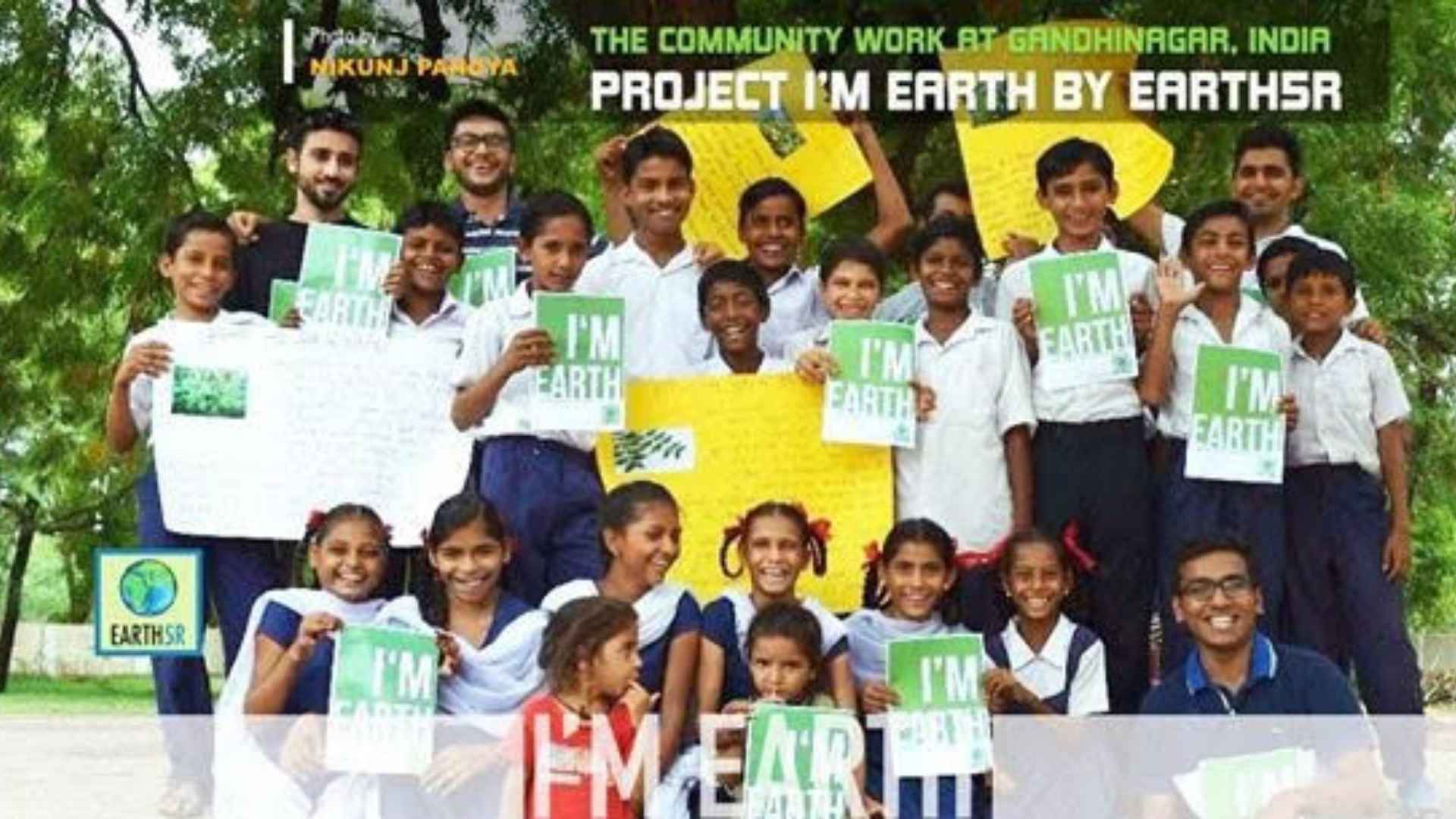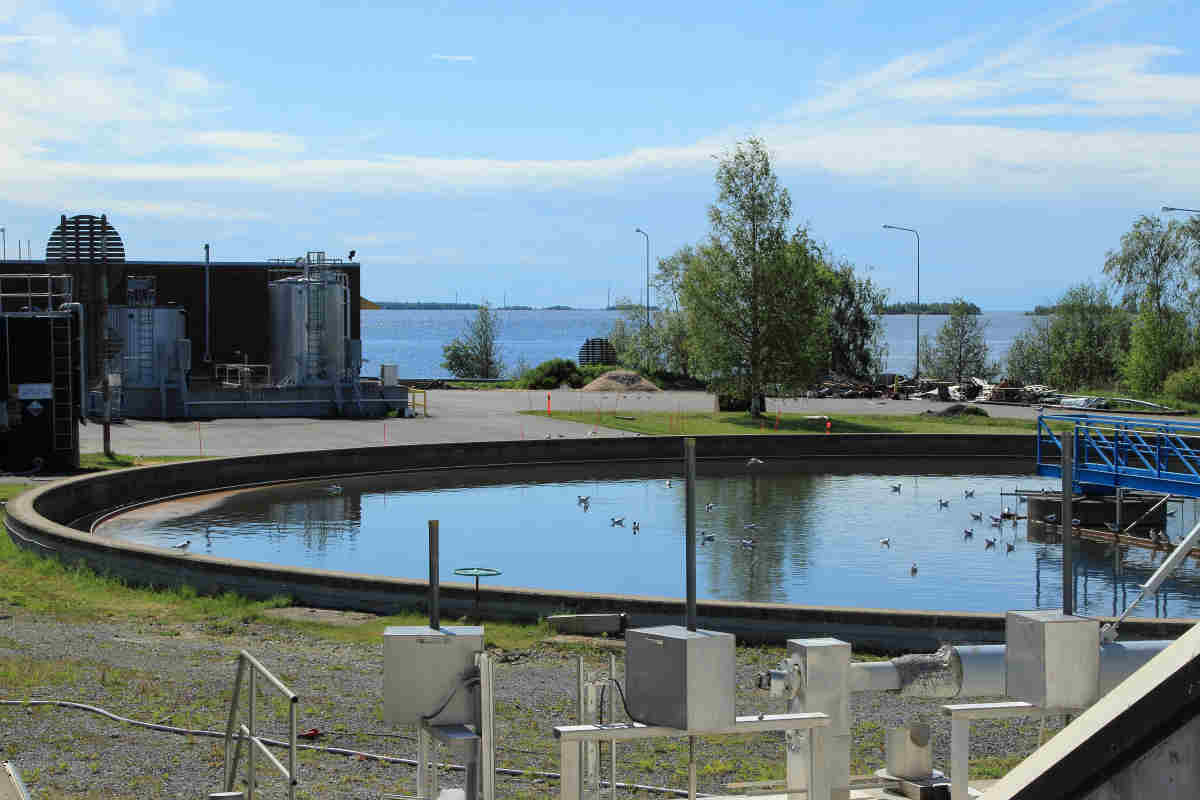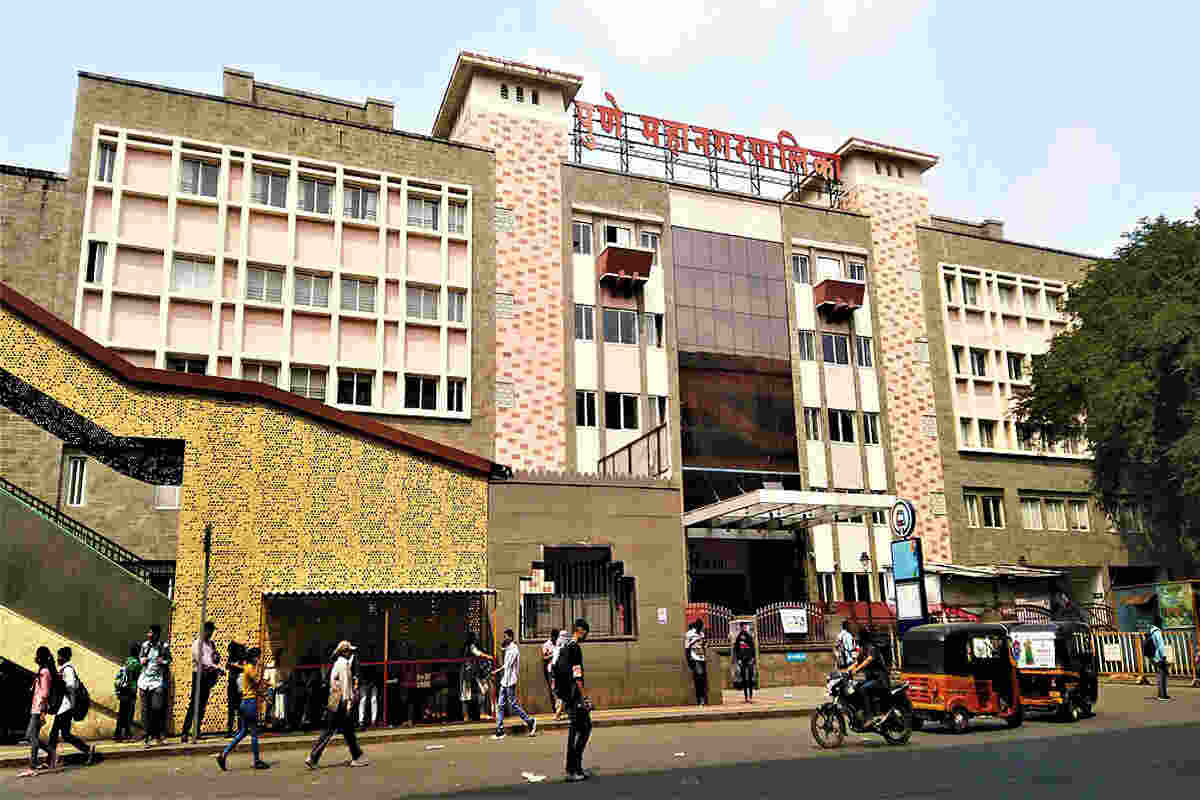Bridging the Gap Between Youth Unemployment and Sustainability Through Green Jobs
In a rapidly changing world, where climate change and environmental degradation pose mounting challenges, the global job market is also facing a pressing crisis—rising youth unemployment. According to the International Labour Organization (ILO), the global youth unemployment rate reached 14.9% in 2022, with millions of young people struggling to find stable and meaningful employment.
Meanwhile, the need for green jobs—positions that contribute to environmental preservation, conservation, and sustainability—is growing at an unprecedented pace. A 2020 report by the World Economic Forum revealed that the transition to a low-carbon economy could generate over 24 million green jobs worldwide by 2030, creating a powerful opportunity to reduce unemployment while tackling environmental issues.
This article will explore how Earth5R’s Green Jobs Accelerator Model is creating meaningful employment opportunities for youth through sustainability projects. Backed by scientific evidence, real-world case studies, and measurable outcomes, it will provide a detailed blueprint for how green jobs can simultaneously tackle youth unemployment and promote a sustainable future.
Understanding the Green Jobs Accelerator Model: Creating Sustainable Employment for the Future
As the global economy shifts towards sustainability, the concept of green jobs has become increasingly significant. Defined by the United Nations Environment Programme (UNEP) and the International Labour Organization (ILO), green jobs refer to positions that contribute to preserving or restoring the environment.
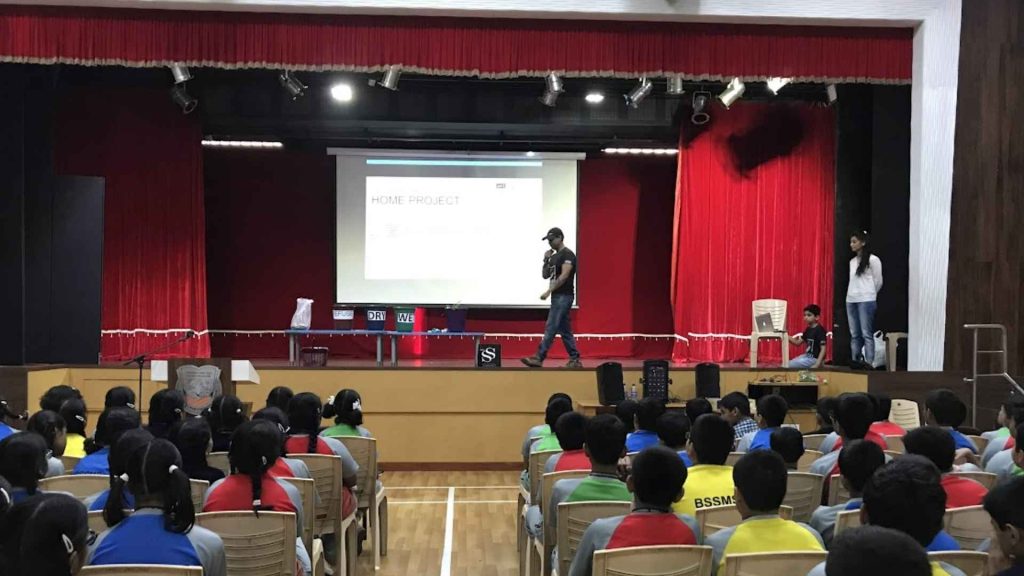
According to the ILO’s 2020 Green Jobs Report, the transition to a green economy could create 15 to 60 million new jobs globally by 2030, demonstrating the immense potential for green employment to combat youth unemployment while fostering environmental sustainability.
The second pillar—sustainability project implementation—focuses on applying these skills to real-world environmental challenges. Earth5R organizes community-driven projects where youth engage in river cleanups, tree plantations, and plastic waste recycling initiatives.
Collaboration is the third pillar of the Green Jobs Accelerator Model. To maximize its impact, Earth5R partners with educational institutions, corporations, and NGOs, ensuring that its training programs align with industry demands.
Scientific evidence strongly supports the potential of green jobs to drive both economic growth and environmental sustainability. A study by the International Renewable Energy Agency (IRENA) revealed that employment in renewable energy alone could reach 42 million jobs by 2050, nearly quadrupling the current figure.
Similarly, in India, the Council on Energy, Environment, and Water (CEEW) reported that the solar and wind energy sectors could generate 340,000 new jobs by 2030. These statistics highlight the transformative potential of green jobs in reducing unemployment while addressing the climate crisis.
Measuring the Impact of the Green Jobs Accelerator Model: Transforming Youth and Communities
At the heart of the Green Jobs Accelerator Model lies its ability to transform unemployed youth into job-ready sustainability professionals. Through structured training programs and hands-on project participation, Earth5R has significantly boosted the employability of its participants.
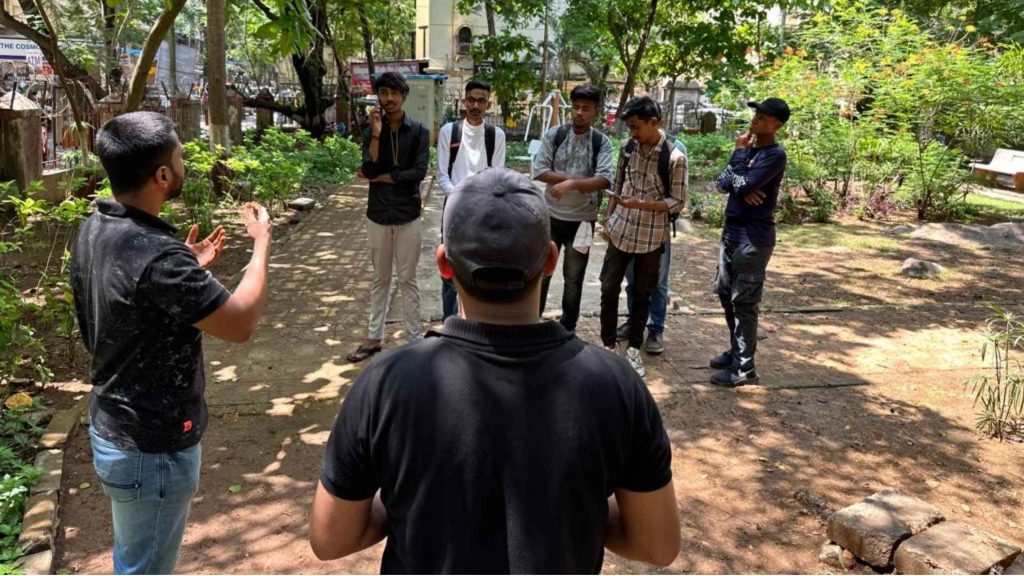
According to data from Earth5R’s internal reports, over 15,000 youth have been trained in areas such as waste management, renewable energy, and carbon footprint assessment. These individuals, once equipped with technical expertise, have successfully entered the green job market or launched their own sustainable ventures.
The model also fosters entrepreneurial opportunities. By teaching youth to develop circular economy products (upcycled crafts, eco-friendly bags, and recycled goods), Earth5R has empowered participants to create micro-businesses. For example, a cohort of young women in Mumbai’s slum areas successfully launched a plastic recycling cooperative, generating a 20% increase in household income within six months.
Case studies from Earth5R : Real life impact
At the core of Earth5R’s Green Jobs Accelerator Model lies a multi-pronged approach designed to transform youth into job-ready sustainability professionals. This model follows a strategic step-by-step process that combines skill development, real-world project execution, and collaborative partnerships.
Skill Development and Training: Equipping Youth with Green Competencies
The first pillar of Earth5R’s model focuses on skill development and training—an essential foundation for preparing youth for green jobs. The program specifically targets students, unemployed youth, and aspiring entrepreneurs, recognizing that this demographic represents a crucial workforce segment capable of driving sustainable change. To begin, Earth5R conducts outreach and enrollment programs by collaborating with universities, technical institutes, and local NGOs.
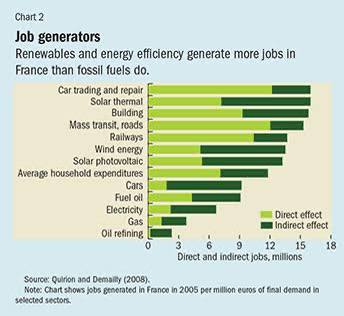
This chart illustrates how renewable energy and energy efficiency sectors generate significantly more direct and indirect jobs in France compared to fossil fuel industries, highlighting the employment potential of sustainable sectors.
These partnerships help identify youth with untapped potential, including graduates seeking employment, individuals from underserved communities, and young entrepreneurs eager to build green enterprises. One of the standout features of Earth5R’s training is its focus on scientific sustainability techniques. Youth are taught to conduct carbon footprint assessments using industry-standard methodologies, enabling them to offer consultation services to businesses aiming to reduce their carbon emissions.
Project Implementation and Real-World Application: From Theory to Action
The model includes a diverse range of sustainability projects that reflect real-world environmental challenges. According to a 2022 report by the Food and Agriculture Organization (FAO), urban farming initiatives have the potential to create over 200,000 green jobs globally by 2030, underscoring the employability potential of this sector.
This hands-on experience enables participants to develop technical proficiency in renewable energy technologies, equipping them for careers in the solar and wind power industries—both of which are projected to see double-digit growth over the next decade, according to the International Energy Agency (IEA).
Partnerships and Collaborations: Scaling Impact Through Strategic Alliances
The success of Earth5R’s Green Jobs Accelerator Model hinges on its strategic partnerships with corporations, government agencies, and NGOs. These collaborations not only amplify the program’s reach but also create concrete employment opportunities for participants through internships, apprenticeships, and job placements.One of the most impactful collaborations is with corporate social responsibility (CSR) programs. Earth5R works with leading corporations to design green job training initiatives as part of their CSR commitments.

This infographic showcases the growing demand for green jobs, predicting over 24 million new positions in renewable energy, energy-efficient construction, and sustainable industries by 2030, driving the global green economy.
Government partnerships are equally vital. Earth5R collaborates with municipal bodies and policy-making agencies to advocate for stronger green job policies and secure government funding for sustainability projects. By aligning with public-sector initiatives, Earth5R ensures that trained youth have access to government-backed employment programs, providing them with stable, long-term career prospects.Through its skill-building programs, sustainability projects, and strategic partnerships, Earth5R’s Green Jobs Accelerator Model is paving the way for youth employment in the green economy.
Challenges and Solutions in Implementing Green Jobs for Youth: Overcoming Barriers to Sustainability-Driven Employment
Challenges in Implementing Green Jobs for Youth
One of the most pressing challenges in the green job sector is the lack of awareness and skill gaps among youth. Although green jobs are on the rise, many young individuals remain unaware of the opportunities in this field.
According to a 2021 International Labour Organization (ILO) report, only 1 in 4 youth are familiar with green job roles and required skill sets, limiting their ability to pursue careers in sustainability. Furthermore, the existing education system in many countries, including India, lacks specialized sustainability courses, creating a knowledge deficit that hinders youth employability.
Resistance to adopting sustainable practices also poses a barrier. In many communities, cultural and economic resistance hinders the acceptance of eco-friendly solutions. For example, plastic recycling initiatives face pushback from local vendors and businesses due to concerns over higher costs or inconvenience.
Solutions and Recommendations: Overcoming Barriers Through Strategic Initiatives
To bridge the awareness and skill gap, enhanced training programs tailored specifically for youth are essential. Earth5R has addressed this challenge by integrating sustainability modules into its skill development curriculum, equipping participants with in-demand green skills. However, a broader systemic approach is required.
Governments and educational institutions should incorporate sustainability-focused subjects into mainstream education. For example, France introduced mandatory climate education in schools starting in 2022, aiming to prepare youth for future green jobs. Similar policies in India and other countries could significantly boost green literacy.
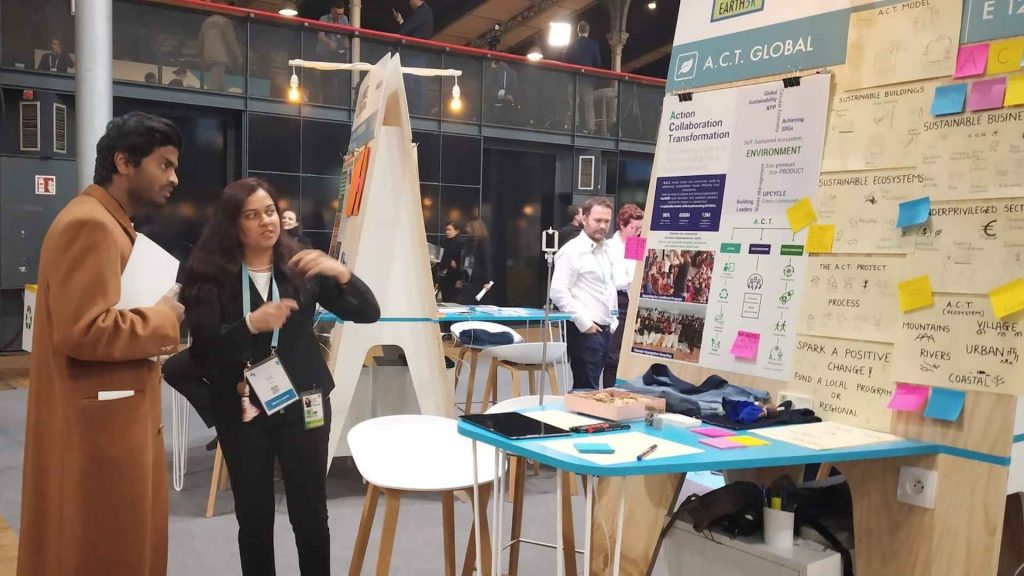
Earth5R’s partnership model with eco-conscious companies has successfully placed trained youth into green internships and apprenticeships, giving them valuable work experience. Expanding such collaborations would accelerate the growth of the green jobs sector.
According to the World Economic Forum (WEF), public-private partnerships have the potential to create over 395 million new green jobs by 2030, demonstrating the impact of corporate engagement.
To overcome funding constraints, governments should introduce incentives for green job startups. Offering tax benefits, subsidies, or low-interest loans to eco-entrepreneurs and green businesses would encourage youth-led startups in the sustainability sector.
Paving the Way for a Green Workforce
Earth5R’s sustainable model demonstrates that investing in youth empowerment through green jobs is not only economically viable but also essential for a sustainable future. By scaling such initiatives, countries can equip their youth with the skills, knowledge, and opportunities needed to thrive in the rapidly growing green economy.
Empowering Youth Through Green Jobs: A Sustainable Path Forward
The Transformative Power of Green Jobs
The importance of green jobs in today’s world cannot be overstated. With the climate crisis intensifying and conventional industries struggling with job cuts and stagnation, the green sector offers a beacon of hope. According to the International Labour Organization (ILO), the transition to a green economy could generate 24 million new jobs globally by 2030, offering stable and impactful employment opportunities.
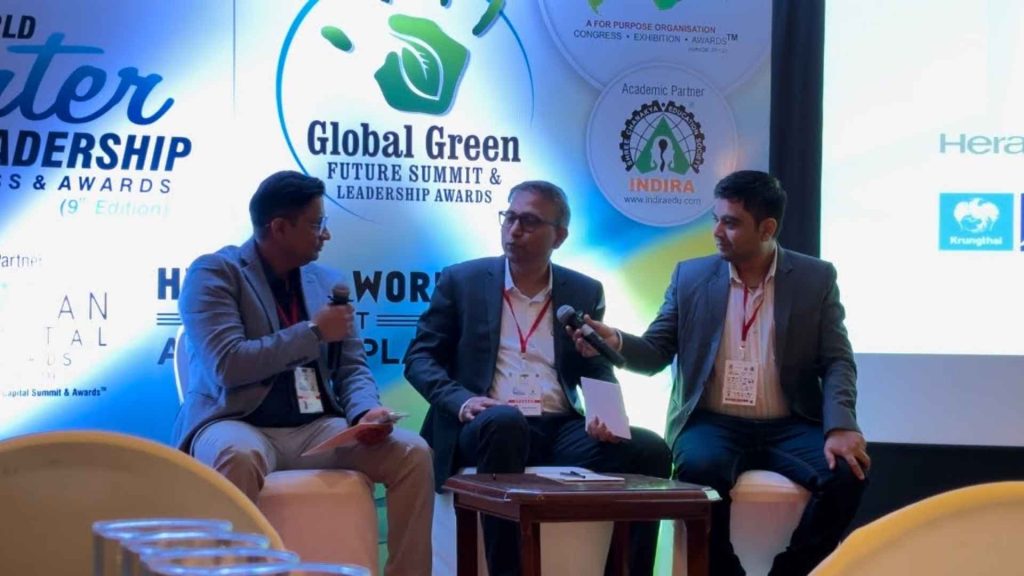
Earth5R’s Green Jobs Accelerator Model exemplifies how community-driven, sustainability-focused employment initiatives can lead to tangible socio-economic and environmental benefits. Through its targeted skill development programs, Earth5R has empowered youth with technical expertise in waste management, renewable energy, and conservation practices.
Earth5R’s Lasting Impact: Employment and Sustainability in Action
One of the most significant successes of Earth5R’s model lies in its scalability and replicability. The program’s collaborations with educational institutions and corporations have created sustainable employment pipelines, enabling youth to secure internships, mentorships, and full-time positions in the green sector. By partnering with government agencies and NGOs, Earth5R has also advocated for policy changes that promote green employment and support eco-entrepreneurship.
The environmental impact of Earth5R’s initiatives is equally noteworthy. The projects undertaken by youth participants have led to measurable improvements in waste management, reduced carbon footprints, and enhanced community awareness. By combining skill-building with tangible environmental outcomes, Earth5R has demonstrated how green jobs can drive large-scale positive change.
A Sustainable Future: Green Jobs as a Global Imperative
In an era where climate action and economic stability are intertwined, green jobs offer a unique opportunity to achieve both. Earth5R’s model proves that investing in youth through sustainability projects is not only economically viable but also essential for achieving the United Nations Sustainable Development Goals (SDGs). By expanding green job initiatives, governments, corporations, and educational institutions can empower the next generation with the skills and opportunities needed to build a sustainable future.
Ultimately, Earth5R’s Green Jobs Accelerator serves as an inspiring model for nations and organizations worldwide, showcasing how equipping youth with sustainability skills can foster economic growth, environmental stewardship, and social empowerment—all while paving the way for a greener, more resilient tomorrow.
FAQs on Earth5R’s Green Jobs Accelerator Model: Empowering Youth through Sustainability Projects
What is Earth5R’s Green Jobs Accelerator Model?
Earth5R’s Green Jobs Accelerator Model is an initiative designed to create meaningful employment opportunities for youth by equipping them with sustainability-focused skills. The model integrates skill development, real-world sustainability projects, and corporate collaborations to promote green jobs and foster environmental stewardship.
How does Earth5R define green jobs?
Green jobs refer to employment opportunities that directly contribute to environmental sustainability. This includes roles in renewable energy, waste management, sustainable agriculture, eco-friendly production, and conservation. Earth5R specifically focuses on training youth for hands-on sustainability projects, making them employable in these growing sectors.
Why are green jobs important for youth?
Green jobs offer sustainable career pathways that address both unemployment and climate change. With the growing demand for eco-conscious industries, youth trained in green skills have higher employability and access to future-proof professions. Additionally, they gain the opportunity to make a positive environmental impact.
What types of skills does the Green Jobs Accelerator teach?
The program covers a diverse range of sustainability skills, including waste management, plastic recycling, renewable energy installation (solar panels, biofuel), urban farming, water conservation, and carbon footprint assessment. It also trains participants in project management, data analysis, and community engagement.
How does Earth5R engage youth in real-world sustainability projects?
Participants apply their skills through hands-on projects such as urban farming, river cleanups, plastic recycling, and renewable energy installations. These real-world applications offer practical experience, making them job-ready and enhancing their employability.
What is the impact of Earth5R’s model on youth employment?
Earth5R’s Green Jobs Accelerator has successfully created employment pipelines by collaborating with corporations, NGOs, and government agencies. Many participants secure internships, mentorships, and full-time roles in green industries, fostering long-term career growth.
How does the program support youth-led entrepreneurship?
The model empowers youth to become eco-entrepreneurs by providing training in sustainable business practices. Participants learn to develop and manage green startups, creating eco-friendly products and services. Earth5R also connects them with investors and funding opportunities.
What role do educational institutions play in the program?
Earth5R collaborates with schools, colleges, and universities to offer green skill training modules. Educational institutions help integrate sustainability courses into their curricula, and students receive credit hours for their participation in Earth5R’s projects.
How does Earth5R promote inclusivity in the Green Jobs Accelerator?
The program focuses on diverse youth participation, including women, marginalized groups, and underprivileged communities. By offering equal access to skill development and employment opportunities, Earth5R promotes inclusive green growth.
What scientific evidence supports the benefits of green jobs?
Studies by the International Labour Organization (ILO) and World Economic Forum (WEF) indicate that green jobs reduce unemployment rates and promote economic stability. Research also shows that sustainable industries grow faster, creating long-term employment opportunities.
How does Earth5R measure the environmental impact of its initiatives?
The organization uses scientific metrics such as carbon footprint reduction, waste diversion rates, and water conservation levels to quantify the impact. Data collected from projects is used to advocate for policy changes and promote large-scale sustainability efforts.
What partnerships does Earth5R have for its Green Jobs Accelerator?
Earth5R collaborates with corporations, NGOs, government agencies, and academic institutions. These partnerships provide funding, mentorship, and employment opportunities for participants, while also amplifying the program’s outreach and impact.
How does Earth5R involve local communities in sustainability projects?
The model emphasizes community engagement by involving local residents, schools, and youth groups. Through awareness campaigns, cleanup drives, and eco-workshops, Earth5R fosters grassroots participation and environmental stewardship.
What are the economic benefits of Earth5R’s model?
By creating green jobs and promoting eco-entrepreneurship, the program stimulates local economies. Participants gain stable employment, while green startups generate income through eco-friendly products and services, contributing to circular economies.
How does Earth5R ensure the sustainability of its projects?
The program promotes long-term sustainability by establishing community stewardship programs. Schools, colleges, and local groups continue green job initiatives independently, ensuring that the impact is lasting and scalable.
Can youth from rural areas participate in the program?
Yes, Earth5R actively includes youth from rural areas, providing them with training in sustainable farming, water conservation, and renewable energy practices. This promotes rural development and reduces urban migration by creating local employment opportunities.
What incentives does Earth5R offer to participants?
Participants earn certificates, eco-points, and mentorship opportunities. These credentials enhance their employability and give them a competitive edge when applying for jobs or launching their own sustainability projects.
How does Earth5R use technology to enhance its Green Jobs Accelerator?
The program integrates digital tools and data analytics to track progress, measure impact, and connect participants with job opportunities. Earth5R’s mobile app also enables volunteers to document project outcomes and access educational resources.
How can corporations and NGOs collaborate with Earth5R’s Green Jobs Accelerator?
Corporations and NGOs can partner with Earth5R by offering funding, mentorship, and employment opportunities for participants. They can also adopt green job programs as part of their CSR initiatives, creating shared value for both the organization and the community.
How can youth join Earth5R’s Green Jobs Accelerator Model?
Interested youth can apply through Earth5R’s website or mobile app, where they can register for training programs, workshops, and sustainability projects. They can also connect with Earth5R on social media for updates on new opportunities and initiatives.
Call to Action: Empowering Youth for a Sustainable Future
As the climate crisis intensifies and the demand for sustainable solutions grows, it is imperative that educational institutions, corporations, and governments step forward and adopt models like Earth5R’s Green Jobs Accelerator. By integrating sustainability training into educational curricula, schools and colleges can empower students with green skills, making them future-ready for eco-conscious industries.
Corporations, through their CSR programs, can partner with green initiatives, offering mentorship, funding, and job placements for youth, fostering a generation of environmentally responsible professionals. Similarly, governments can incentivize green startups and implement policies that promote eco-employment, driving socioeconomic growth while tackling environmental challenges.
Parents and teachers play a pivotal role in encouraging youth participation in sustainability projects. By supporting green learning opportunities and engaging students in hands-on eco-projects, they can nurture responsible, environmentally conscious citizens. Introducing children to nature-based activities, promoting eco-volunteering, and fostering climate literacy at an early age ensures that they grow up with a deep-rooted commitment to protecting the planet.
Earth5R’s model serves as a beacon of hope and a replicable blueprint for creating green job opportunities, combating youth unemployment, and addressing climate challenges simultaneously. By embracing this model globally, we can empower the next generation to drive sustainable change—not just as employees, but as leaders, innovators, and guardians of the environment.
– Authored by Mridu Mishra

